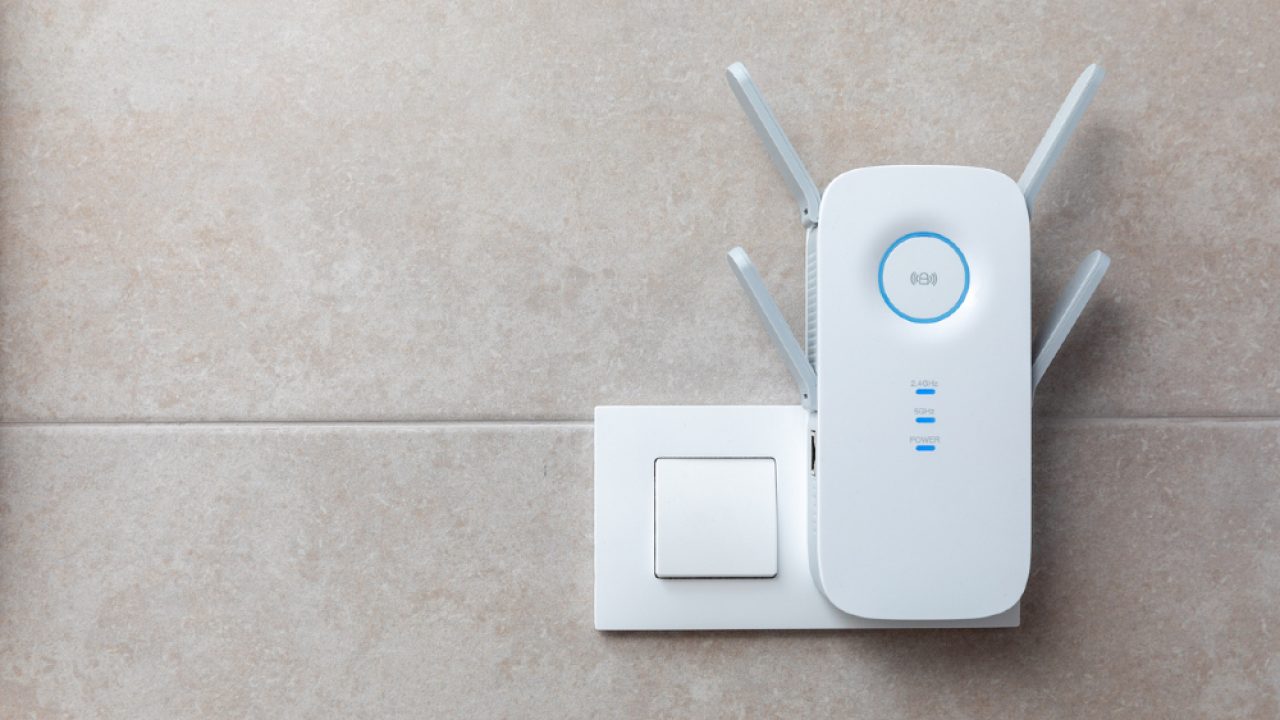
Home Reviews Computers & Accessories Get the Most Out of Your Router With the Best Wi-Fi Extenders
TechJunkie Expert Recommendations
TechJunkie is supported by our readers. When you make a purchase through our links, we may earn a commission. Read More.

We may earn a commission if you make a purchase through one of our links. The newsroom or editorial staff was not involved in the creation of this content.
In today’s world, we’re constantly connected to the internet, whether it’s for our jobs, for gaming, or for connecting with other people. So when there’s an interruption to that connection, we understandably get frustrated. And while most people would think of changing their router, we’re here to tell you that there’s a better option — a Wi-Fi extender. These devices amplify the signals from your router, allowing more coverage and eliminating those dead zones where you just can’t seem to get a proper connection — and they’re pretty affordable too. So if you’re interested in buying a Wi-Fi extender, look no further. We’ve curated a list of some of the top Wi-Fi extenders for 2023 along with a buyer’s guide that will walk you through everything you should consider before making a decision.
Our first option is the Krevi Wi-Fi Extender. This product offers a lot of perks at a pretty generous price tag. The device has an incredible range of up to 3000 square feet and can connect with 32 devices without any break in stability. It’s compatible with any router, gateway, or access point with a data transfer rate of 1200Mbps, and it even includes four different modes that you can switch to based on your need — repeater, bridge, client, and router mode.
This product also comes with an Ethernet port that can be connected to any wired Ethernet device, like your PC, Playstation, or smart TV. The option is even designed with air-cooling vents that promote safety and durability.
The TP-Link N300 (RE150) is the perfect Wi-Fi range extender for people who are on a budget. This device works with basically any Wi-Fi router, gateway, or access point out there. Designed with MIMO technology, its two antennas give you an extended coverage of up to 800 square feet and allow the extender to easily handle up to eight devices.
This device is incredibly quick too, supporting data-transfer speeds of up to 300Mbps with a 2.4gHz frequency. It even supports an AP mode, allowing you to make a new Wi-Fi access point. Setting this device up is easy as well, just install TP-Link’s Tether app and it’ll guide you through the process.
The NETGEAR WiFi Range Extender EX6120 is another great option for getting more coverage out of your WiFi. This device will easily pair with any wireless router or cable modem you have while giving your WiFi an extra boost in range of up to 1500 square feet. It can connect up to 25 devices at the same time while delivering 1200Mbps of speed, all thanks to its dual-band AC and patented FastLane technology — making it perfect for both online gaming and HD-video streaming.
Setting up the device is simple too. Just plug it into a wall outlet and you’re pretty much good to go.
While not the greatest in terms of features, the Linksys AC750(RE6300) is probably one of the most consistent devices when it comes to performance. This extender has decent coverage of up to 1000 square feet. It’s compatible with all Wi-Fi routers and provides speeds of 750Mbps — the only drawback is that it might not be able to handle connecting to multiple devices at the same time.
The speed can be amped up to N300 + AC433Mbps, making this device the perfect option for performing tasks like music and video streaming or online gaming. The gigabit Ethernet port provides a fast connection and the extender’s cross-band tech makes full use of its dual bands. Setting it up is also super simple.
The Rock Space Wireless Wi-Fi Signal Booster offers some of the most premium features you can get in an extender. This device is compatible with all Wi-Fi 5 routers, standard routers, or gateways. It extends Wi-Fi coverage to about 3000 square feet without any interruptions and with a data transfer rate of 1200Mbps. This option can handle up to 25 devices, and with its band, you can pick a frequency of 2.4 GHz with 300Mbps of speed for longer ranges. You can also use 5 GHz at 897Mbps for more performance-heavy tasks.
You can even connect an Ethernet cable from your router to the extender’s gigabit Ethernet port for getting a smooth and stable connection throughout your home.
An effective way to counter speed loss is by using a dual-band configuration with your extender. This allows one of the bands to be dedicated to just signal input and the other to outputting the signal, which helps keep your Wi-Fi quick and snappy.
Your extender works with the same signal as your router, so its security is determined by this as well. If your router uses the standard WEP, WPA, and WPA2 protocols, then your extender will be protected too.
You can, but it’s not really necessary. All you need to make sure is that your extender is compatible with your router’s wireless standards and you’re good to go.
If you don’t see an app that should be here, let us know what it is